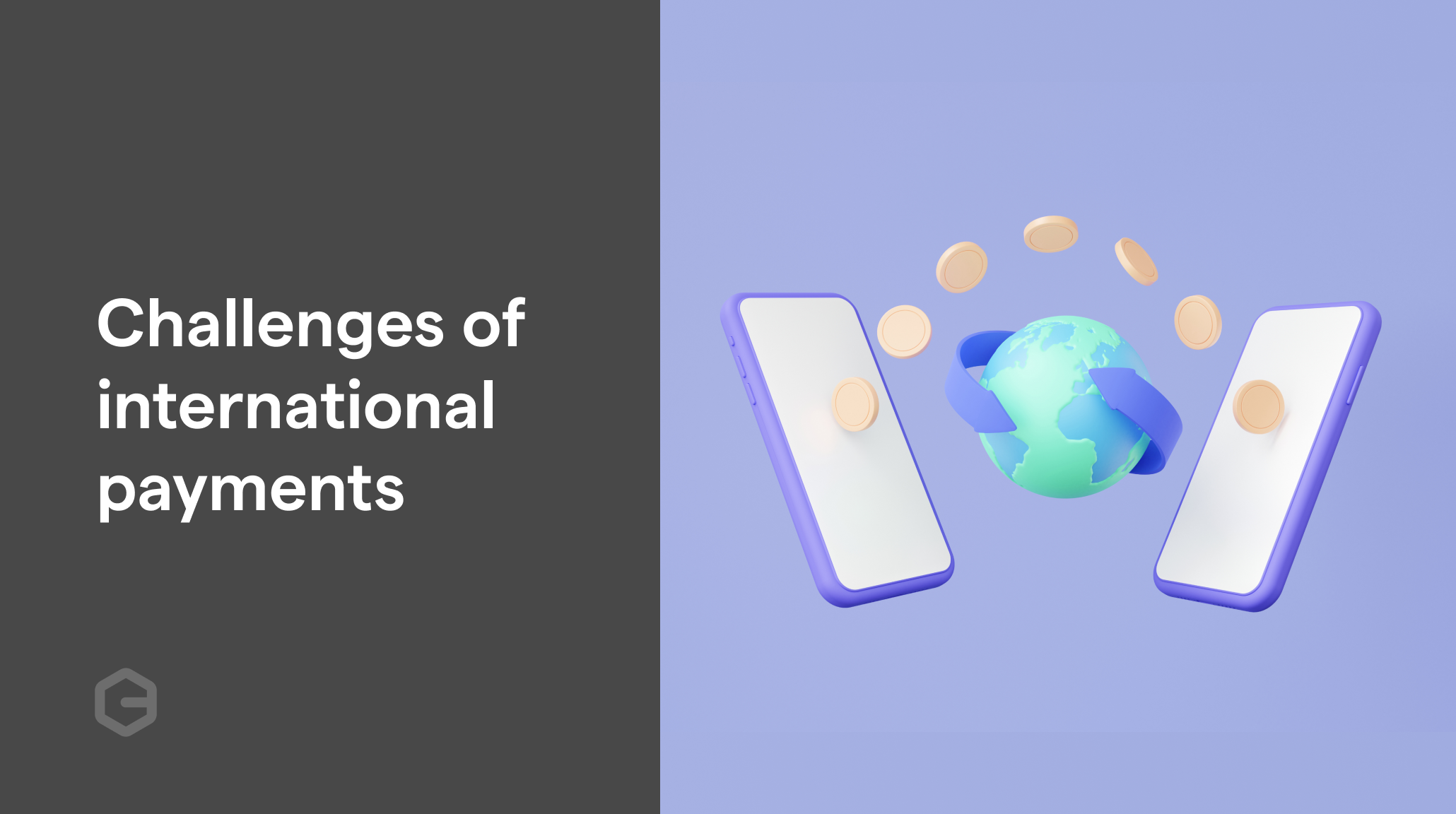Want to make your mark internationally? Taking your business global is no longer just a dream. Curious about this exciting opportunity on how to take advantage of this global chance? Thanks to Amazon Global, accessing international markets for your Indian business is now within reach. If you're wondering how to select Amazon Global in India, this guide will walk you through each step, ensuring that you're equipped with all the information you need to sell globally. From registration and listing to managing compliance, optimizing product listings, and selecting the right shipping options, we’ll cover it all.
Understanding the Opportunities
Why restrict your business to local markets when global expansion is within your grasp? How to select Amazon Global in India is the key to unwinding new possibilities. Amazon Global Selling gives Indian sellers access to 18 international marketplaces, including USA, UK, UAE, Australia and many more. In 2023, Indian sellers exported over $8 billion worth of goods through this platform, showcasing its massive potential. By learning how to select Amazon Global in India, you can pinpoint key markets where your products are in demand, allowing you to diversify and grow your revenue.
But how to select Amazon Global in India for the right markets? This decision is crucial. Markets like the U.S., Europe, the Middle East, and Asia-Pacific each have unique consumer demands. For example, fashion items do incredibly well in Europe, while electronics thrive in the U.S. Researching regional trends will help you determine how to select Amazon Global in India that aligns with your product range.
Having understood the international trade opportunities Amazon Global offers you with, it is important to know how to get started:
Registration and Listing
If you're trying to figure out how to select Amazon Global in India, the first step is registering your business on the platform. So, how to select Amazon Global in India and start selling? The registration process is simple. You need valid business information, your GST number, and PAN card to get started. Once registered, you can list your products across multiple international marketplaces such as the U.S., Germany, and Japan, giving you global exposure.

Image Source: Amazon.com
But how to select Amazon Global in India and register? The process is relatively simple and requires the following:
- GST (Goods and Services Tax) Number: As per Indian regulations, a GST number is mandatory for any business selling goods and services.
- PAN (Permanent Account Number): This is essential for taxation and is used for both individuals and businesses.
- Business Bank Account: Required to receive payments.
- Valid Business Information: You will need to submit the relevant documents about your business entity, which could be a sole proprietorship, private limited company, etc.
Once you’ve registered, how to select Amazon Global in India and list your products becomes the next challenge. Amazon allows sellers to use ASINs (Amazon Standard Identification Numbers) for existing products or create new listings for unique products. You can customize these listings to suit international markets, ensuring better reach and visibility.
This makes selecting Amazon Global in India a streamlined process, enabling sellers to focus more on marketing and less on operational hassles.
Also read: Unraveling the Significance of Bank Realization Certificate (BRC) for Indian Exporters.
Now that you have learnt how to register, it is important to know how to proceed with shipping and delivery options:
Shipping and Delivery
Shipping is often the most complex part of international trade, but Amazon Global provides two primary fulfillment options, giving sellers the flexibility to choose a model that suits their needs.
- Merchant Fulfilled Network (MFN): If you prefer more control over your inventory, shipping, and customer service, MFN might be your best choice. Sellers who choose this option handle all logistics, from packing and shipping to dealing with returns and customer inquiries. This is beneficial for those with established logistics capabilities and who wish to oversee the entire process themselves.
- Fulfillment by Amazon (FBA): FBA simplifies shipping by allowing Amazon to manage everything on your behalf. Amazon stores your products in its fulfillment centers, packs them, and ships them to customers. With a global network of fulfillment centers, FBA ensures fast and reliable delivery. Additionally, opting for FBA increases the chances of your product winning the Buy Box—a coveted spot on the Amazon product page that significantly boosts visibility and sales.
For sellers learning how to select Amazon Global in India, FBA is often the most practical option. Amazon’s vast fulfillment network reduces delivery times and enhances customer satisfaction, ensuring your products arrive promptly. Statistics show that FBA products are 30% more likely to win the Buy Box than MFN products, which is crucial for driving sales and building trust with customers.
Also read: Understanding the Export Data Processing and Monitoring System (EDPMS).
Delivery and fulfillment play a critical role in the success of your international business. But what exactly makes it so important? Let’s explore the key advantages:
The Advantages of Effective Delivery and Fulfillment
By optimizing your delivery and fulfillment processes, you not only improve customer experience but also set the stage for global growth.
Enhanced Customer Satisfaction: Fast and reliable shipping directly impacts customer trust and loyalty. When products arrive on time, customers are more likely to engage in future purchases.
Cost Efficiency: Choosing the right fulfillment method helps reduce shipping costs, storage fees, and the complexity of handling international logistics. This allows you to focus on scaling your business.
Wider Market Reach: Effective fulfillment opens doors to multiple global markets. With international fulfillment centers, your products can reach customers across various regions with faster shipping times.
Streamlined Operations: Amazon’s fulfillment services manage everything from packaging to shipping, leaving you free to handle other core business areas, such as marketing and product development.
Competitive Edge: Offering a seamless delivery experience can differentiate your brand from competitors. It positions your business as reliable and customer-focused, giving you an edge in competitive markets.
So you got the plan for your shipping and delivery right? Great! Let us now identify the steps to managing your international trade from your fingertips:
Managing Your International Business
Managing a business across multiple countries might seem challenging, but Amazon’s Seller Central platform simplifies the process. The Seller Central Dashboard is a comprehensive tool that allows you to:
- Monitor inventory levels across different regions.
- Track sales performance.
- Manage orders and returns.
- Handle customer inquiries and feedback.

Image Source: Amazon India
The Linked Accounts feature is another valuable tool, especially for sellers wondering how to select Amazon Global in India for multi-market sales. Linked Accounts allow sellers to manage multiple international marketplaces from a single dashboard. For instance, if you’re selling in both the U.S. and Europe, you can synchronize product listings, prices, and stock levels across these regions. This helps streamline operations and maintain consistency across your international business.
Additionally, Amazon simplifies the payment process by transferring your earnings in INR or any currency of your choice, making it easier for you to manage your finances without getting caught up in fluctuating exchange rates. This is particularly important for Indian sellers, as managing foreign exchange can often be a challenge.
Clearly, Amazon Global makes selling internationally easy. However, did you know PayGlocal makes getting paid even easier? Enjoy nominal transaction costs, instant FIRA settlement, and seamless cross-border payments. Sign up now!
Also read: Mastering Exports: A Complete Guide to Letters of Undertaking (LUT) for Indian Exporters.
Curious how top exporters manage their international sales? The secret lies in mastering logistics and compliance; let’s take a look:
Export Compliance and Documentation
Exporting products internationally requires the right documentation to comply with various trade regulations. For sellers, learning how to select Amazon Global in India, navigating the world of export compliance might seem overwhelming, but Amazon’s Export Compliance Dashboard provides tools and resources to make this easier.
The dashboard helps sellers ensure that all the necessary paperwork is in place, from Commercial Invoices and Certificates of Origin to Packing Lists and other essential documents required by customs in different countries. Export laws and regulations vary from one country to another, so having the right documentation is critical for avoiding customs delays and penalties.
For example, if you're exporting electronics to the U.S., certain regulations around product standards and safety compliance might apply. On the other hand, exporting textiles to the EU may require certification of origin and adherence to specific labeling laws. The Export Compliance Dashboard helps sellers keep track of all these requirements and ensures that you’re compliant with the necessary regulations.
Also read: Applying for IEC (Import Export Code): Benefits and How to Get It.
What’s the next step to growing your business beyond borders? It’s all about leveraging the right platforms and tools; keep reading how:
Optimizing Product Listings
When selling internationally, your product listing is often the first impression you make on potential customers. To improve conversion rates, it’s essential to optimize your listings. Understanding how to select Amazon Global in India for listing optimization is crucial for attracting global buyers.
The Build International Listings (BIL) tool helps sellers create and manage listings across different marketplaces. This tool automatically translates product descriptions into the target language and adjusts the pricing according to the local currency. For instance, if you’re selling in France, your product descriptions will be translated into French, and prices will be displayed in euros. Similarly, for Japanese customers, the content will be translated into Japanese, and prices will reflect in yen.
However, while BIL automates most of the process, it’s important to manually adjust certain elements, such as:
Titles and Descriptions: Tailoring these for the specific market, making them more relevant for the local audience.
Images: Ensure that your product images meet the expectations of international customers.
Measurements: Convert units like size, weight, or volume into local standards (e.g., centimeters vs. inches, liters vs. gallons).
Keywords: Adapt keywords and SEO elements to suit local search patterns, improving the chances of your product being discovered by buyers in each region.
As of July 2024, Statista reported 5.45 billion internet users worldwide, highlighting the vast potential for e-commerce expansion. Furthermore, Amazon data shows that localized product listings can boost sales by as much as 20%, emphasizing the importance of optimizing listings for different regions. This makes localization a crucial step when determining how to select Amazon Global in India for successful international growth.
Conclusion
Expanding internationally may seem overwhelming, but you can reach millions of customers worldwide by learning how to select Amazon Global in India. By leveraging the tools and resources Amazon provides– registration to managing logistics and optimizing your listings, every step is vital for your success. With Amazon’s infrastructure, like FBA, and targeting the right markets, you can confidently grow your business beyond borders.
Start today by exploring Amazon Global in India! Optimize your exports with PayGlocal's advanced solutions. Reduce costs and track payments for seamless and smooth transactions with exporter benefits as you expand globally with Amazon.


